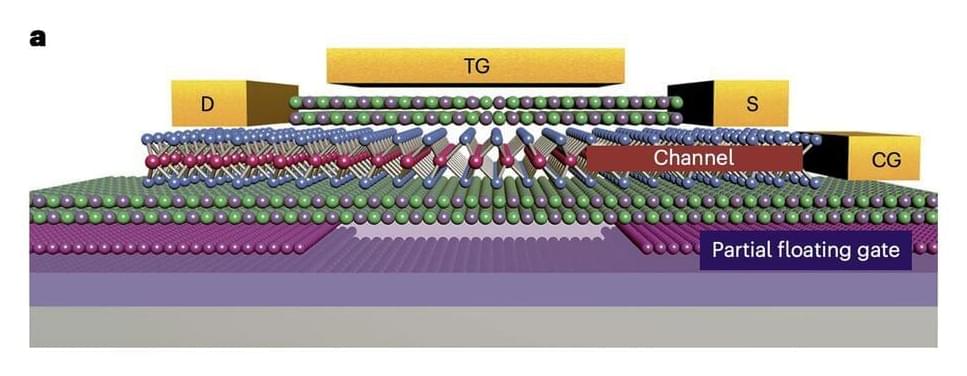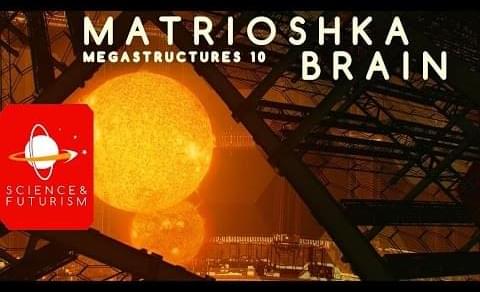Dec 8, 2022
Chrome gets memory and energy saver modes
Posted by Gemechu Taye in categories: computing, food
Google today announced two new performance settings in its Chrome browser: Memory Saver and Energy Saver.
Modern browsers eat up a lot of memory and while that’s not a problem if you have 32GB of RAM, Chrome using multiple gigabytes of your memory can quickly slow your machine down if you’re on a machine with lower specs. The Memory Saver mode promises to reduce Chrome’s memory usage by up to 30% by putting inactive tabs to sleep. The tabs will simply reload when you need them again. The Energy Saver mode, meanwhile, limits background activity and visual effects for sites with animations and videos when your laptop’s battery level drops below 20%.

















